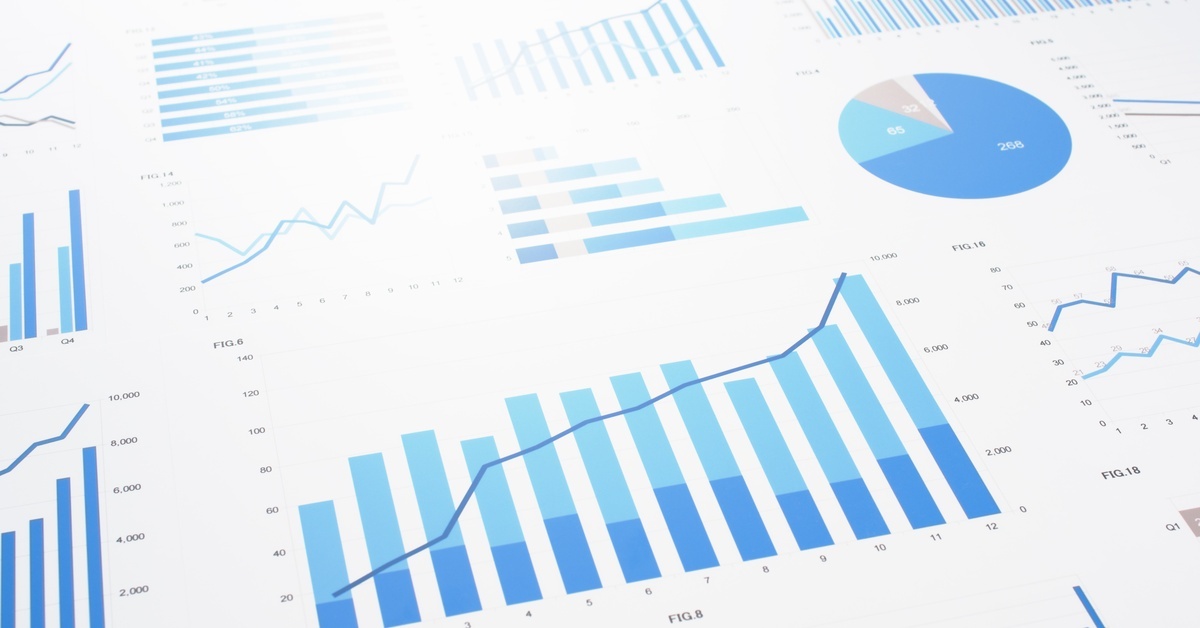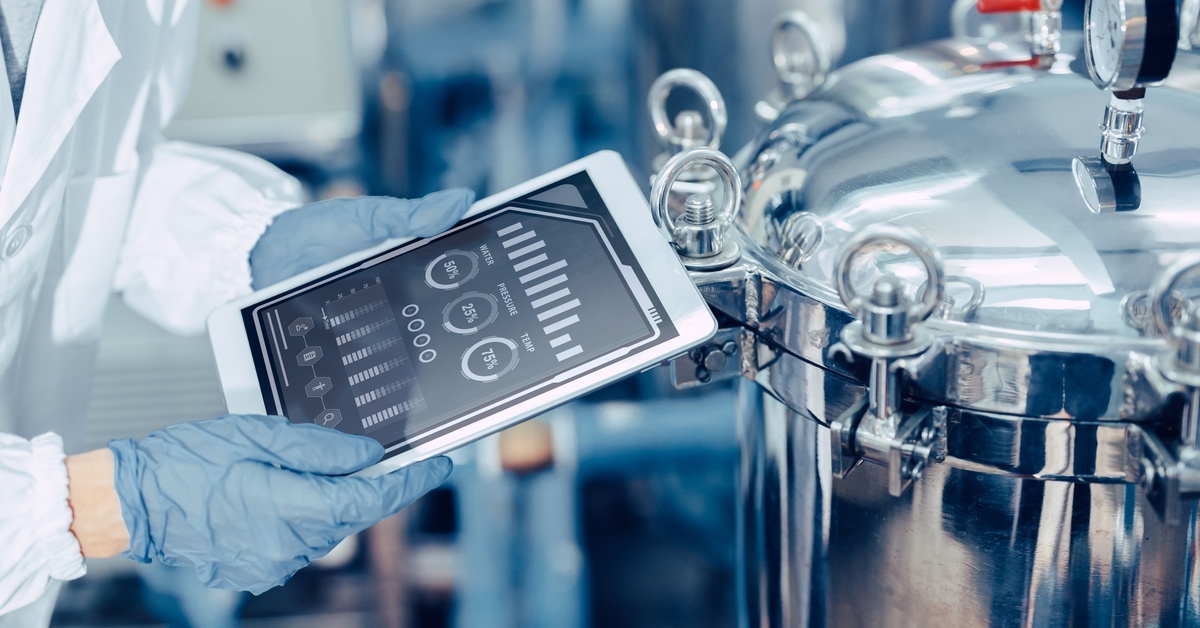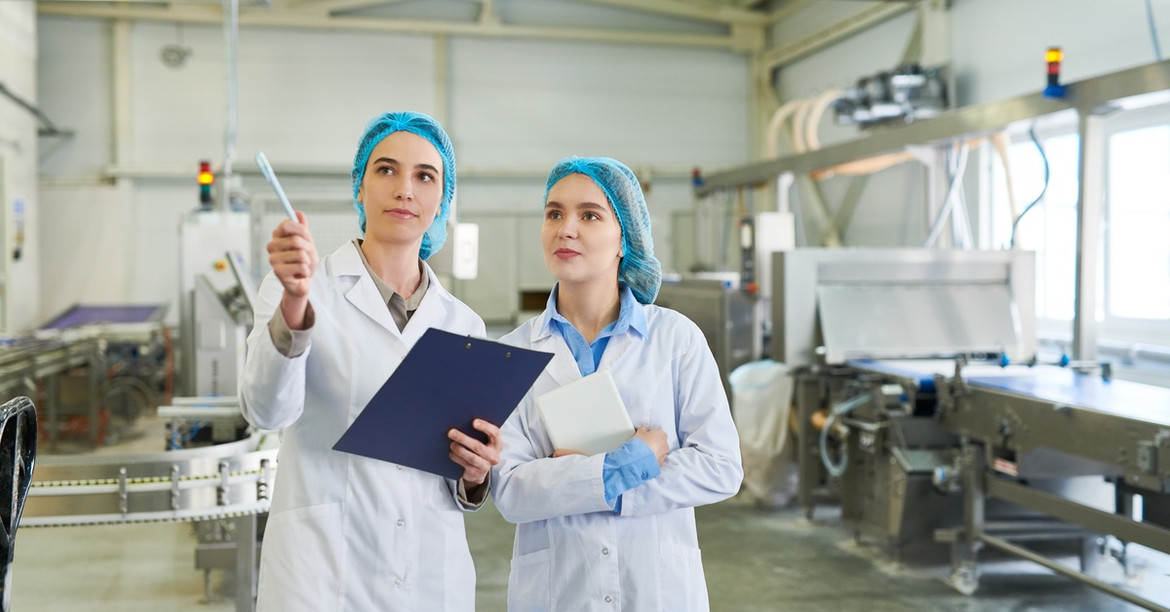Posted by RCP on 23rd Sep 2025
Strategies for Collecting Data in Food Manufacturing
Food manufacturers face a constant balancing act. You’ve got to monitor temperature, humidity, pH levels, production rates, and countless other metrics to deliver products that are fresh, healthy, and above all, safe to consumers.
But here’s the real challenge: How do you collect all this data efficiently and accurately? Should you rely on manual logs, automated sensors, or digital tracking systems? The approach you choose can mean the difference between a successful batch and a costly recall. Let’s explore proven strategies for collecting data in food manufacturing so you can gather the most accurate information for your processes.
Why Data Collection Matters in Food Manufacturing

Food manufacturing operates on razor-thin margins for error. A single batch of contaminated products can result in recalls, lawsuits, and devastating brand damage. Even more minor mishaps, such as a difference in manufacturing affecting the taste of the product, can lead to dissatisfied customers and lost sales. Here’s why you need accurate and effective data collection for driving successful operations.
Food Safety Compliance
Regulatory bodies, such as the Food and Drug Administration (FDA) and the United States Department of Agriculture (USDA), require detailed records of production processes. You’ll need documentation showing that you monitored and maintained safe parameters throughout production.
Quality Consistency
Consumers expect the same taste, texture, and appearance every time they purchase your products. Tracking mixing times, ingredient ratios, cooking temperatures, and other variables can help you maintain that consistency across batches.
Supply Chain Optimization
Raw material freshness affects final product quality. Monitoring supplier delivery times, storage conditions, and inventory turnover can help you maintain ingredient quality while minimizing waste.
Cost Control
Production inefficiencies waste both time and money. Tracking equipment performance, energy usage, and labor hours can help you identify areas where you can reduce costs without compromising quality.
Traceability Requirements
You must trace products back through every stage of production when issues arise. Detailed records can help you identify which batches were affected and where problems originated.
As you can see, closely monitoring products during manufacturing can prevent many issues that could harm your customers and business. Investing extra time and effort in monitoring is better than risking those consequences.
The Types of Data You Must Collect
Different factors can compromise the integrity of edible products, from temperature affecting bacterial growth to humidity levels impacting texture and shelf life. Here are the data types that matter most:
Temperature Data
Cold storage, cooking temperatures, and ambient conditions all affect food safety. Even brief temperature excursions can compromise product quality or create health hazards.
Time Monitoring
Processing duration, storage periods, and transport times track product age and predict remaining shelf life. Accurate timestamps prevent products from exceeding safe consumption windows.
Environmental Conditions
Humidity, air pressure, and contamination levels in production areas affect product stability. For example, aging cheese requires precise humidity control to develop proper texture and flavor.
Chemical Properties
pH levels, salt content, water activity, and preservative concentrations determine product safety and shelf life. Slight variations can create conditions for spoilage or pathogen growth.
Production Metrics
Batch sizes, ingredient ratios, processing speeds, and equipment performance data maintain consistency and identify potential quality issues.
Contamination Tracking
Pathogen testing results, allergen monitoring, and foreign object detection prevent dangerous products from reaching consumers.
Depending on what you’re producing, you may not need to track all these factors closely. For example, some products have a very long shelf life, such as honey, preserved foods, and dried grains, and are unlikely to go bad. Others are highly affected by temperature shifts, such as ice cream or raw meat. Nevertheless, these pantry basics are ones many food manufacturing facilities must track.
Strategies for Collecting Data

Once you know what to track, you must plan how to track it. These strategies for collecting data in food manufacturing offer different levels of automation and detail, so you can choose what works best for your facility.
Manual Data Logging
This traditional method involves employees physically checking instruments and recording the readings on a log sheet or in a notebook. For example, a worker might check the temperature of a walk-in freezer every hour and write it down.
This approach is straightforward and doesn’t require a large upfront investment in technology. It can be effective for smaller operations or for processes where occasional checks are sufficient. The main drawback is the potential for human error, such as misreading a gauge or forgetting to log a data point.
Automated Data Loggers
Automated data loggers are small, electronic devices that automatically record data at set intervals. You can place them inside a refrigerated truck, a storage room, or next to a piece of equipment. They’ll collect information continuously without any human intervention. For instance, a data logger in a dairy processing vat could record the temperature every minute.
At the end of the day, you can download the data to a computer for analysis. This method provides a much more detailed and accurate record compared to manual logging.
Chart Recorders
Chart recorders are a reliable tool that provides a visual, continuous record of data over time. These devices use a pen to draw a graph on a circular or strip chart, showing fluctuations in temperature or pressure as they happen. For example, a circular chart recorder in a pasteurization unit would create a complete 24-hour record of the temperature cycle. This physical graph is easy to read at a glance and serves as a permanent, tamper-proof record for compliance and quality checks.
Wireless Monitoring Systems
For a more advanced solution, wireless monitoring systems use a network of sensors to collect data from various points throughout your facility and transmit it to a central computer in real-time. If the temperature in a freezer rises above a set threshold, the system can automatically send an alert to a manager’s phone. This immediate notification allows you to address problems before they lead to product loss. These systems offer the most comprehensive and timely data, which makes them a great option for large-scale or highly sensitive operations.
Tools That Make a Difference
If you need accurate data collection tools for your food manufacturing operation, Recorder Charts and Pens offers circular chart pens that provide reliable, continuous monitoring of critical parameters. These charts create permanent records that satisfy regulatory requirements while giving you the visual data you need to spot trends and anomalies. Shop our selection today and get the tools you need to keep your products safe, compliant, and consistently high-quality.

